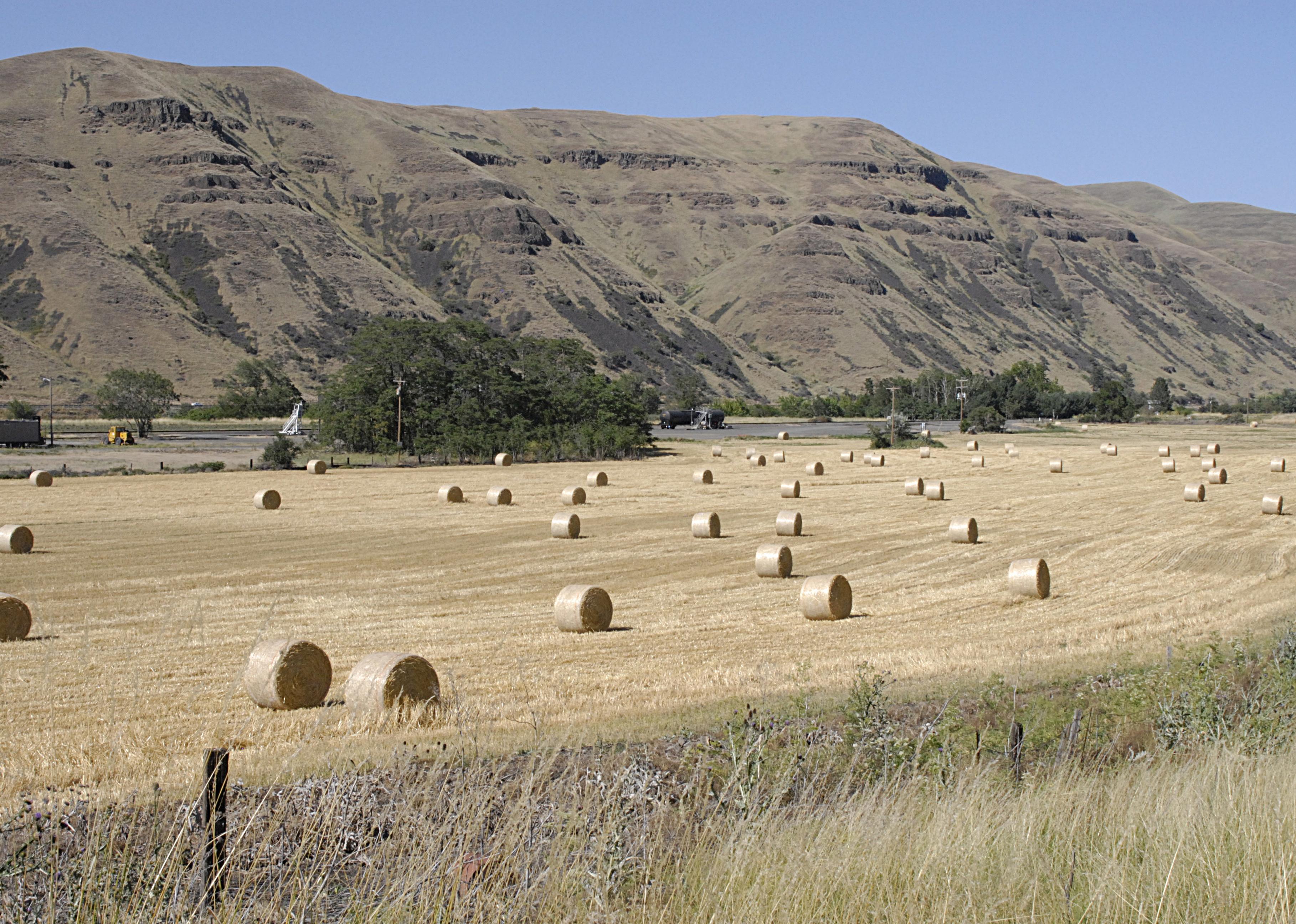
Fewer crops—like onions: How climate change has affected Idaho
Fewer crops—like onions: How climate change has affected Idaho
The latest United Nations Intergovernmental Panel on Climate Change (IPCC) report is yet another reminder of the dire effects of climate change. While climate projections often look to the future when discussing the worst impacts of climate change, we are in fact already experiencing its effects across the United States. To better understand how climate change is impacting the country, Stacker compiled a list of the impacts of climate change in every state, using local and national news stories, government reports, and scientific journal articles.
While these impacts are weather-related—for example, heat waves, droughts, or storms—individual weather events cannot be attributed to climate change on their own. Rather, it is when these events are seen within larger trends that they can be understood as part of a pattern that has come out of the changing climate.
Keep reading to learn about how your state has been impacted by climate change, or read the national story here.
Idaho: Fewer crops—like onions
One way the state of Idaho is experiencing climate change is increased drought. It is estimated that, by 2050, Idaho will see a 110% increase in drought. However, the impacts are already being felt today. This past summer, farmers in western Idaho faced lower production due to a lack of melting snow, spring rain, and hotter-than-average temperatures. This dry spring led to a 15% to 20% loss in onion production, and also has been a threat to wildlife.
Across the country, there are trends of rising temperatures, storms of increasing frequency and severity, and more erratic precipitation patterns, causing disruptions to the food systems and sometimes even resulting in death. While the U.S. government has set a target to reduce greenhouse gas emissions by at least 50% by 2030, it is clear that the climate emergency is already taking place, and along with emissions reductions, mitigation of the impacts of climate change must be prioritized as well.
Read below to see how other states in your region have been affected by climate change.
Montana: Glacier National Park is losing its glaciers
Montana's Glacier National Park is famous for its beauty, and of course, for its glaciers. However, due to warming temperatures, the park is losing its glaciers—and fast. Right now, the park has 25 glaciers remaining, a stark contrast from the 150 that existed there in the late 1800s. And the numbers will continue to drop, as scientists predict that the park's glaciers could completely disappear within the next two decades.
Nevada: Extreme heat
Nevada experienced record-breaking heat in the summer of 2021. Las Vegas was especially impacted, as it is an urban heat island, and the county where it is located saw 82 heat-related deaths in 2020. While this heat does and will continue to impact everyone, it is especially bad for Nevadans who suffer from respiratory illnesses, who are elderly, and those who live in areas with low air quality, which are often people of color and those living in poorer communities. States at Risk estimates that in Nevada, around 70,000 people are part of these vulnerable communities that will be most impacted.



